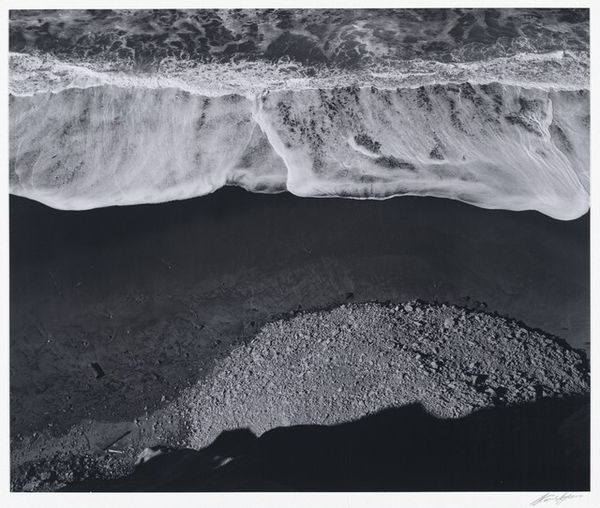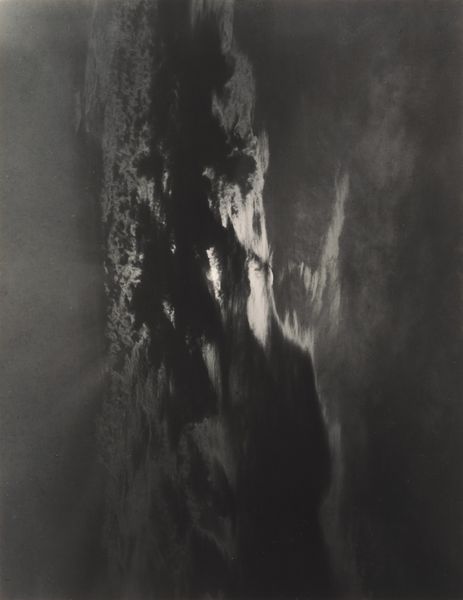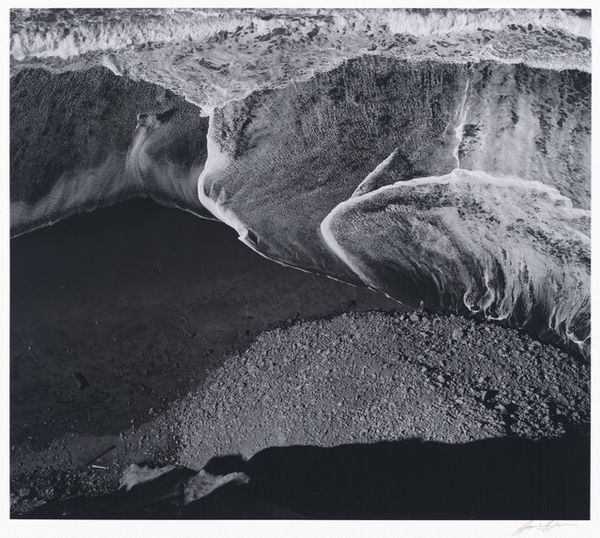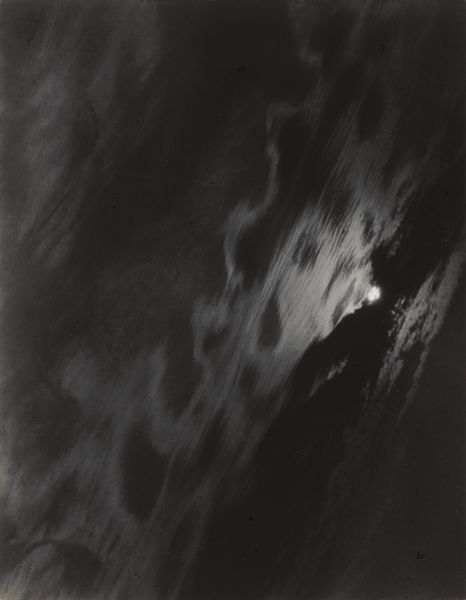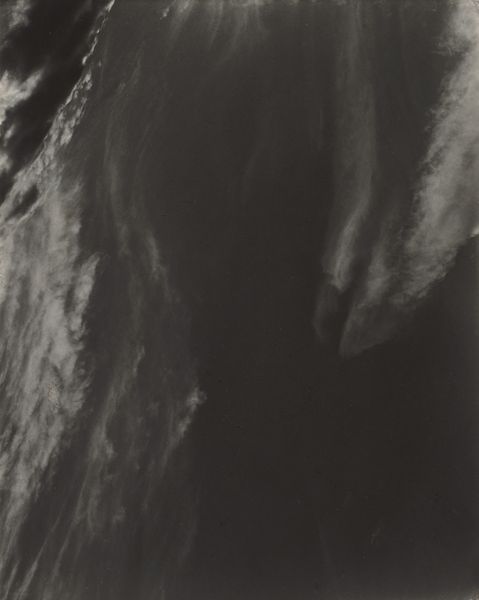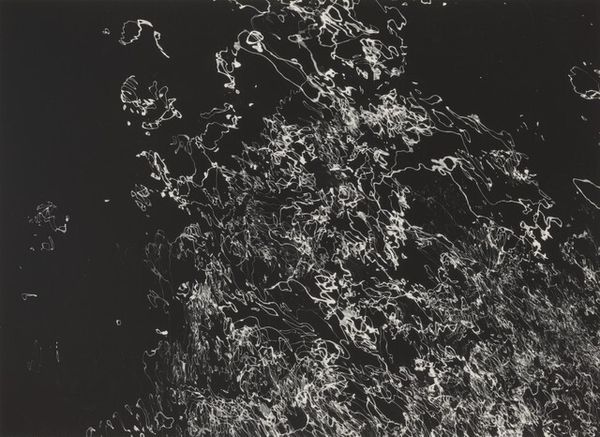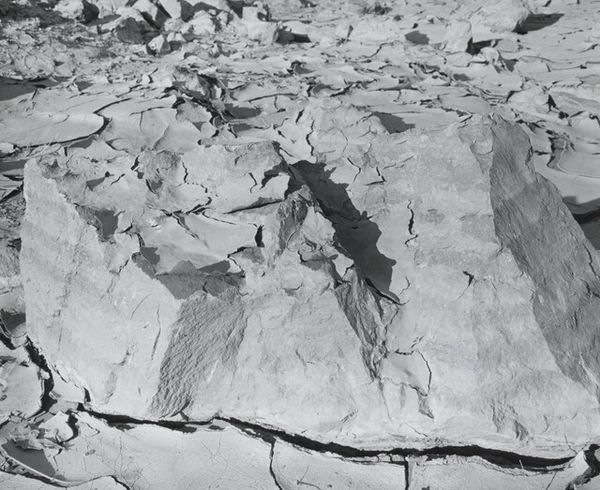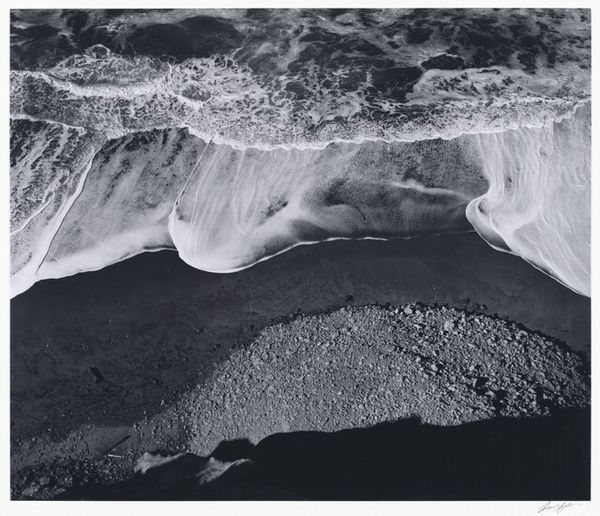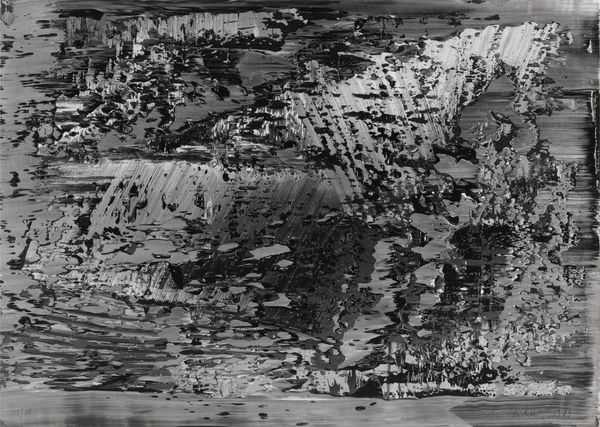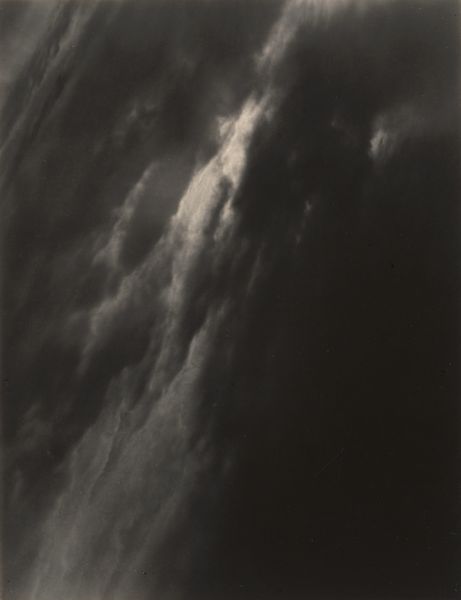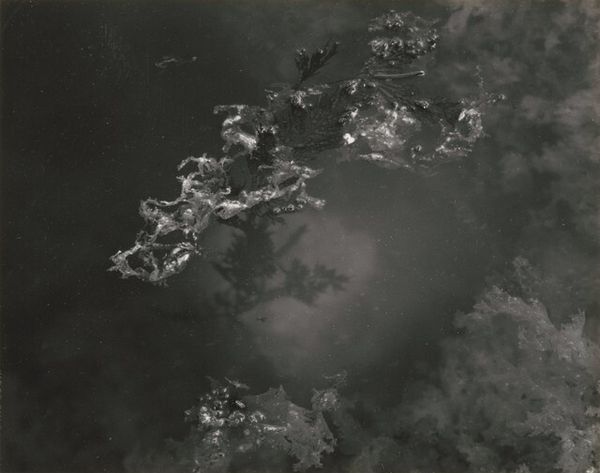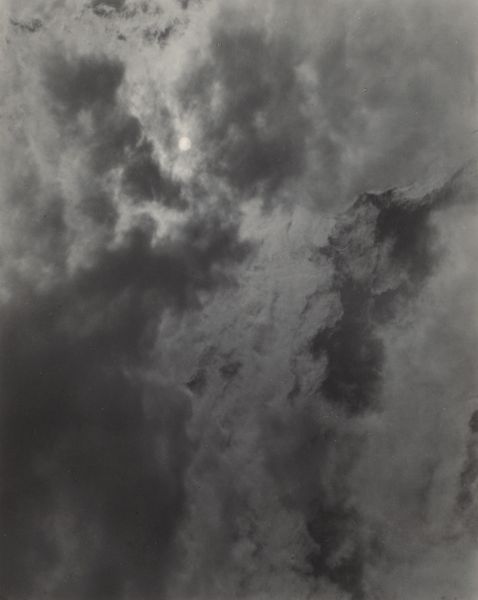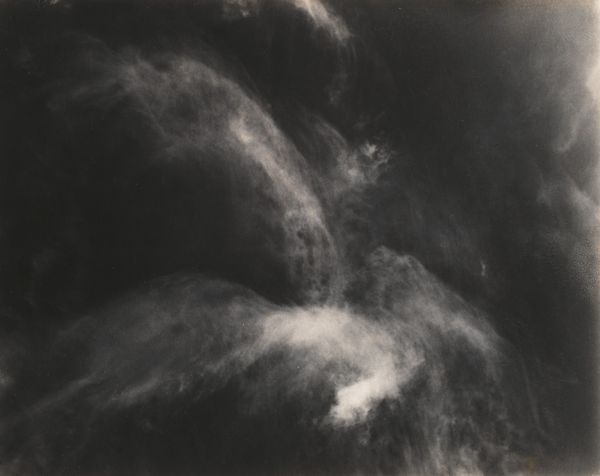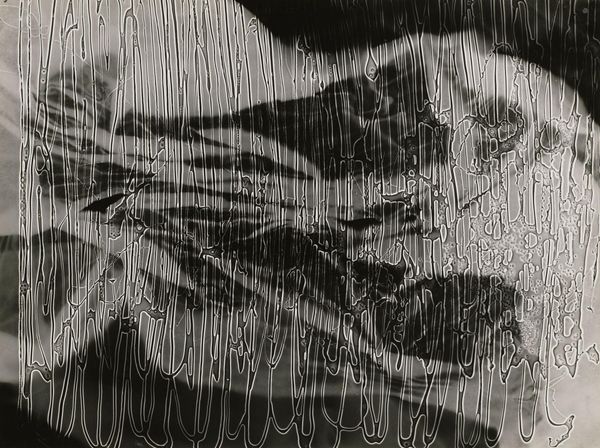
El Capitan Fall, Yosemite National Park, California c. 1940 - 1981
0:00
0:00
Dimensions: overall: 34.7 x 26.9 cm (13 11/16 x 10 9/16 in.)
Copyright: National Gallery of Art: CC0 1.0
Curator: Whoa. That is intense! It's got that sort of looming dread thing going on... like nature about to flex. What are we looking at here? Editor: We are experiencing Ansel Adams' "El Capitan Fall, Yosemite National Park, California," dating roughly from 1940 to 1981. Adams was, of course, a titan of 20th-century photography. This particular image, a gelatin-silver print, exemplifies his mastery of black and white tonality. Curator: Titan is right. That rock face! It's both beautiful and scary as hell. You know, it reminds me a bit of some dramatic, almost gothic, movie backdrop. Editor: Adams aimed to capture the sublime, the overwhelming power of nature. Think of the environmental movement; this photograph plays a significant role in the narrative of conservationism that took off around the same period he made this image. His work helped popularize Yosemite and fueled the national park system. Curator: I get that, sure. The vista's epic, like a god's shoulder. But, for me, there's something beyond pure reverence for nature, something almost apocalyptic about it, with the swirling mists giving that huge structure a vulnerable aura. Does that make sense? Editor: Absolutely. It’s a dynamic composition—a battle between light and shadow, permanence and ephemerality. Look at how he uses contrast, pushing the highlights and deepening the shadows. The drama isn't just found, it's constructed. That is to say, that this isn't merely "nature as is," but art as cultural practice. Curator: I see the tension that you point out. It is like the image captures a specific transient instant. If you blink you'd miss it. It makes me question ideas about natural beauty because, clearly, what attracts me in this photo isn't so "natural" at all. It's totally mediated, if not manipulated, you know? Editor: That's precisely where Adams' genius lies, and also maybe a point of critical discussion regarding his vision. He shaped the narrative, solidifying the park’s iconic status, whilst perhaps creating a highly curated understanding of how "nature" should be envisioned, perceived, and idealized through his photography. Curator: Food for thought indeed. Looking at "El Capitan Fall" has been both a little unsettling and a thought-provoking. Editor: For me too. It serves as a reminder of photography's potent cultural and artistic impact—and prompts us to question the stories we project onto the landscapes that we hold sacred.
Comments
No comments
Be the first to comment and join the conversation on the ultimate creative platform.
